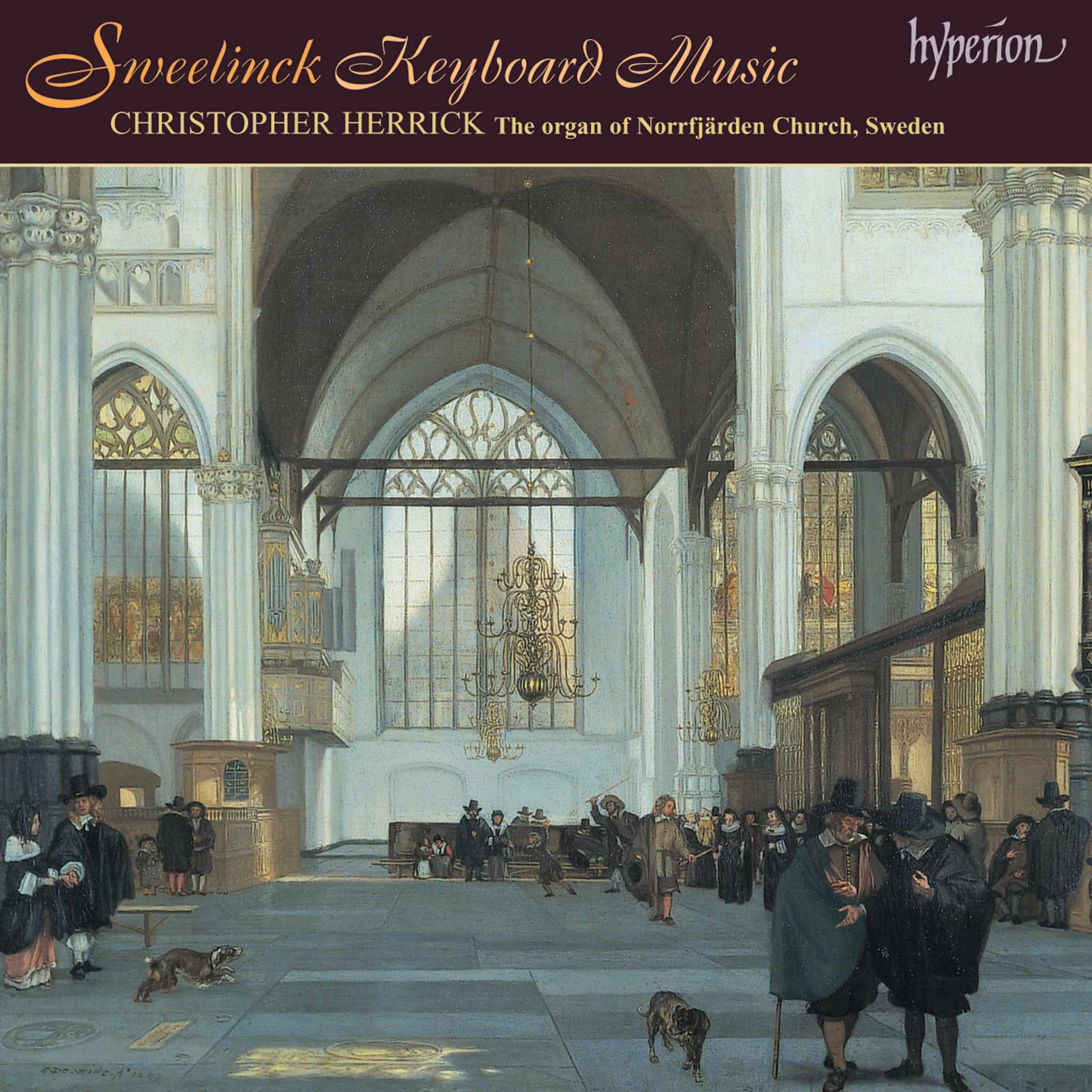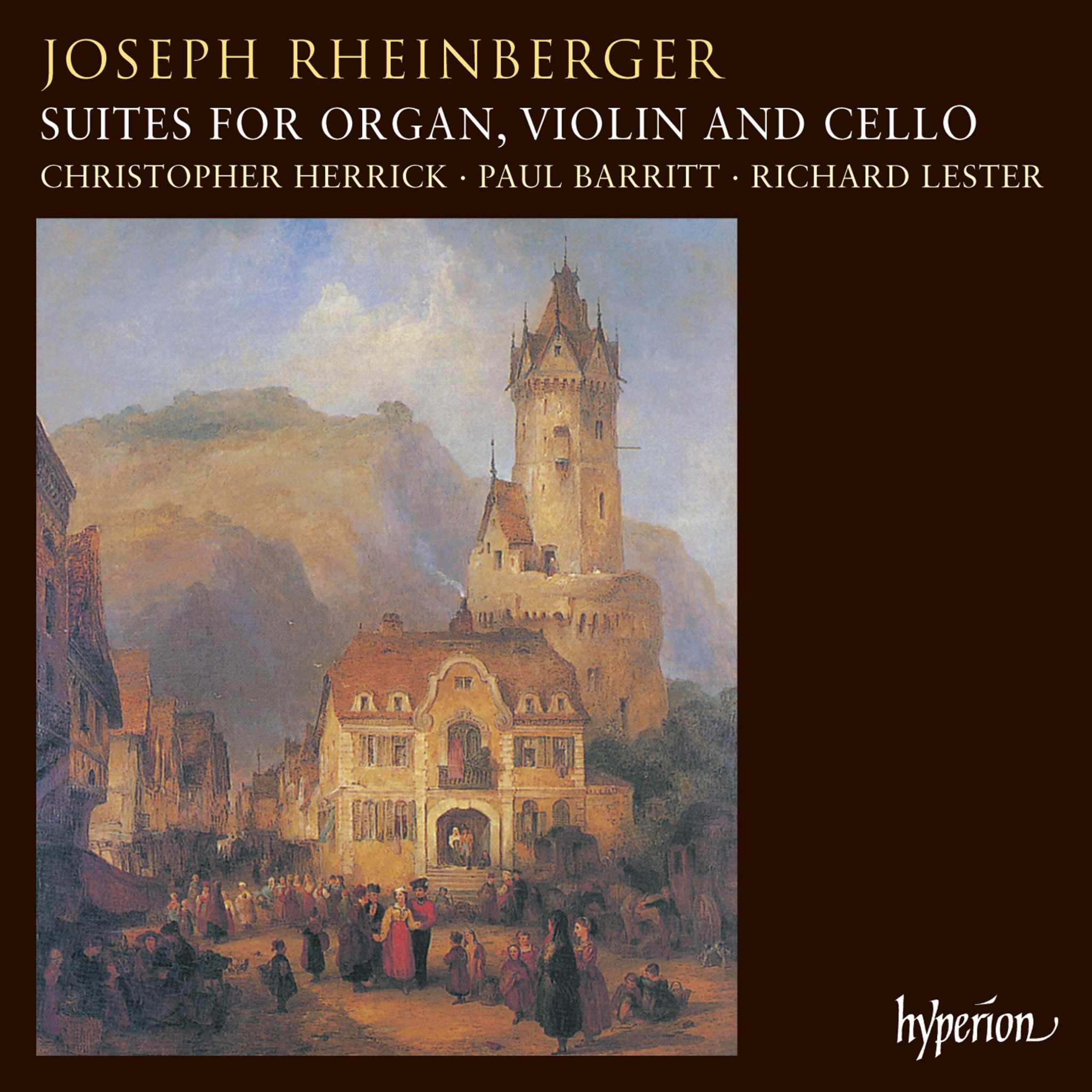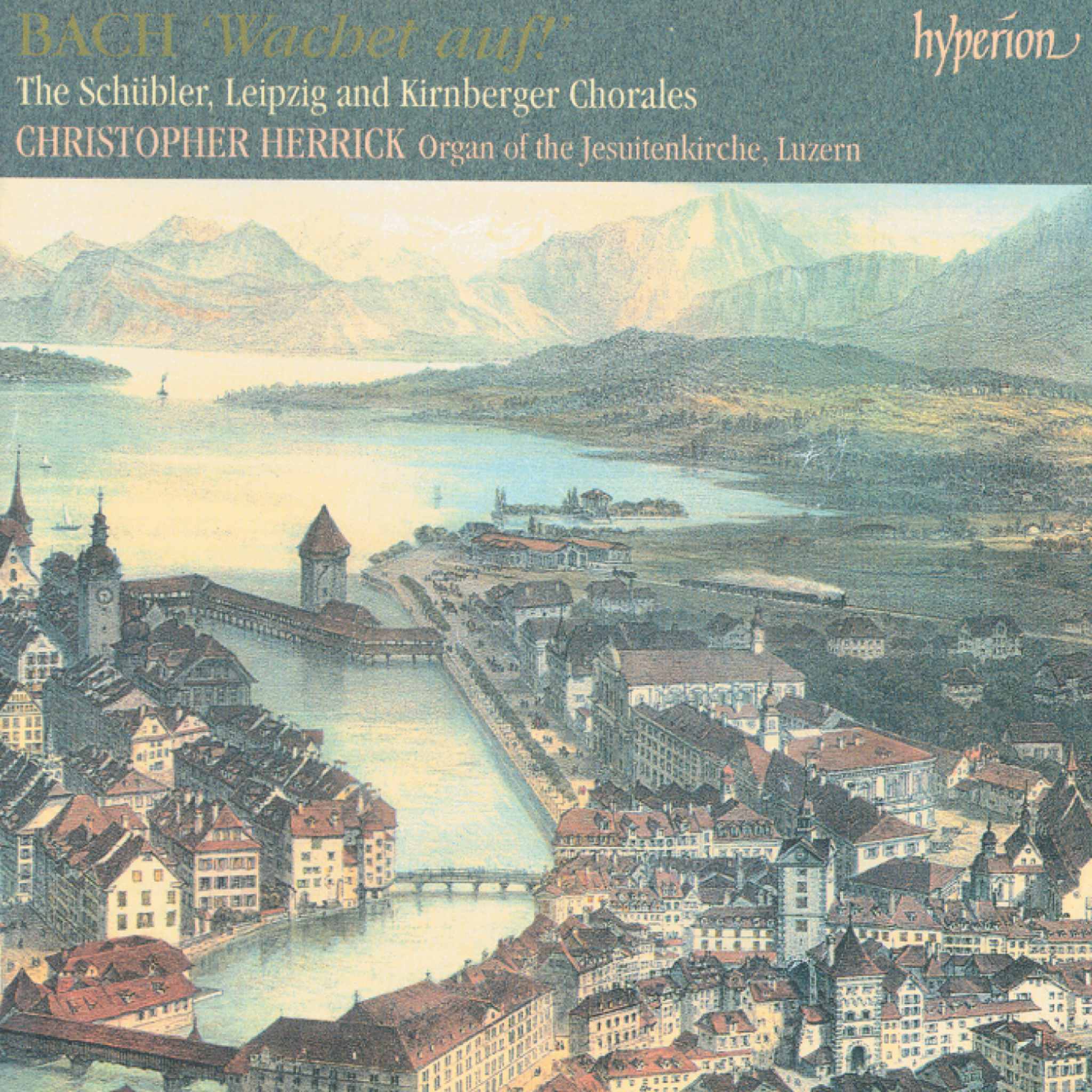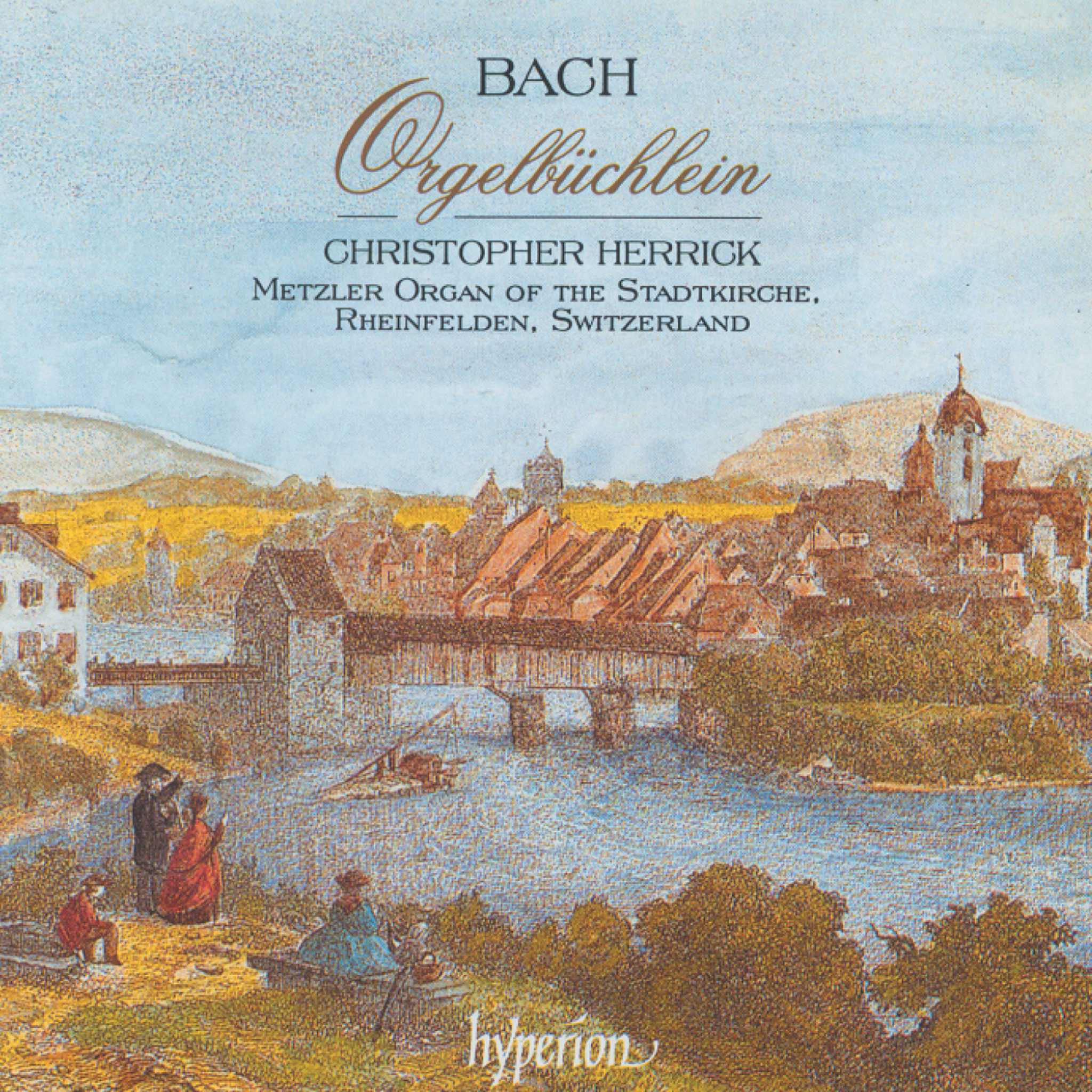Album insights
Robert Simpson's Symphony No. 3, completed in 1962, was commissioned by the City of Birmingham Symphony Orchestra and dedicated to Havergal Brian. The symphony embraces the concept of "ascending tonality," featuring a conflict between C major and B tonal centers. It consists of two movements: a broad sonata-allegro as the first movement and a remarkable and unique accelerated second movement, purposely subdued in dynamics by the composer.
This symphony marked the sole instance of a closed sonata-allegro within Simpson's symphonic repertoire. Notably, the structure and dynamics of the musical dialogue draw inspiration from Beethoven's works. Beginning mysteriously with octave C notes on violins floating above murky half-tone murmurs from woodwinds, the symphony swiftly transitions into a vigorous b minor exposition, introducing crucial motifs for the movement's development.
Following a recapitulation of the core themes and subsequent elaboration, the second theme group emerges in F, comprising diverse elements: a serene monophonic melody introduced first by strings then by oboes and clarinets; a hushed chromatic line played by strings ascending and descending; a brief dissonant tutti climax resolving into an F major chord. The development primarily expands on previous ideas creating more extensive passages. The return to the recapitulation is marked by a fierce clash between b minor and C, resonating powerfully on trumpets and timpani, leading back to b minor for the return of the second theme. The expansive coda dominated by b minor begins gently at a slower pace, presenting a further transformation of the main theme. The climax near the end features engaging phrase compression and a defiant b minor cadence.
The second movement introduces Simpson's first monumental Adagio to Presto accelerando, maintaining a consistent rhythmic foundation. Described as "natural music," this section originates from an external setting according to the composer. Evolving from an initial motif played by first violins, each tempo acceleration introduces new variations of the initial theme: bassoon, Andante; bassoon, Allegretto; cellos, basses, then all strings, Allegro; followed by oboes and flutes, Vivace; second violins, Presto. Through these transformations, the music rarely exceeds a piano dynamic. It culminates in an energetic tutti reminiscent of Beethoven, reaching a chordal climax, described as the dominant 7th of C major sounding like a brilliant new discovery. Subsequently, the symphony gradually fades, closing on the enchanting fifth interval of C and G.
Symphony No. 5, completed in 1972 and dedicated to the London Symphony Orchestra, debuted on May 3, 1973. This piece plays continuously without breaks, requiring Simpson's largest orchestra yet, including four trumpets, four trombones, two tubas, and two sets of timpani. The symphony, comprising of five sections, features energetic Allegros at the start and end, surrounded by slower canons bookending a brief central Scherzino.
The initial harmony heard is a soft chord intertwining three overlapping tenths, symbolizing a detached observer amidst life's experiences, denoted as "the chord" by the composer. Suddenly evolving into a powerful tutti section characterized by rough, impulsive energy, the main theme is a chromatic counter-motion figure executed by horns and trombones.
Although deviating from sonata form, the Allegro introduces a second theme played by a solo oboe against repetitive bass clarinet and bass note accompaniments. The initial motif merges with this theme, leading into a vigorous fugue-like passage before the tension abruptly halts, revealing "the chord" anew. Despite the music's resolution, "the chord" remains static and unaltered.
An elegant melody begins the first canon, gradually rebuilding "the chord" from its highest pitch, gradually expanding its tonal framework. A rhythmic figure played persistently on snare drums dominates the Scherzino, the shortest of Simpson's symphonic movements, characterized by a straightforward structure: crescendo, climax, diminuendo. Starting softly with a snare drum solo, the movement culminates in a display of titanic force before tapering off.
Similar to Canon 1's deconstruction of "the chord," Canon 2 reconstructs it from the lowest note upward. This canon, starting with a low C played by cellos and bassoons, transitions between the original and its inversion, evolving to reintegrate "the chord." The finale, an extended variant of the first Allegro, manifests with a revised rhythmic pattern—now at two beats per bar instead of three— providing new vitality and vigor to thematic material. The expansive coda dominates the latter part of the finale and builds towards a forceful climax culminating in a chord featuring overlapping dominant sevenths of C and G, ultimately silenced by "the chord." As the finale struggles to reassert itself, it disintegrates into fragments, leaving only "the chord" resonating until its quiet conclusion.
Matthew Taylor © 1994





